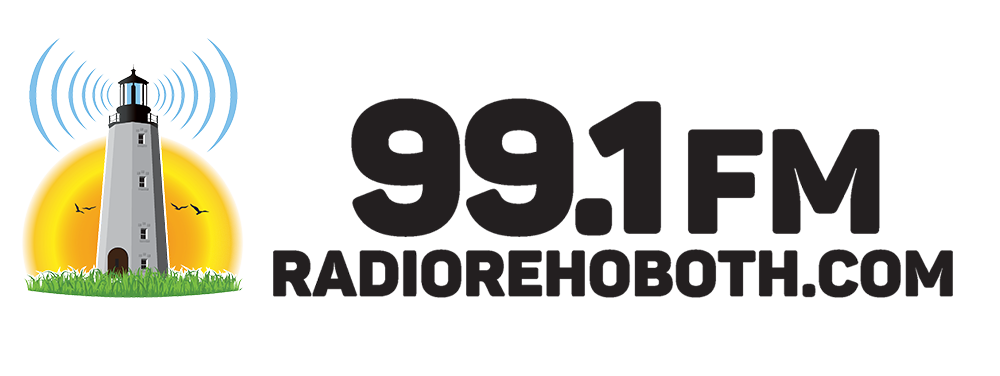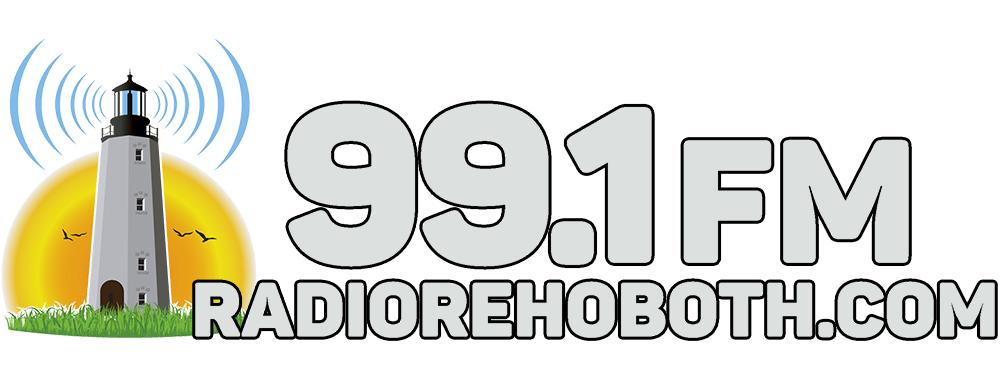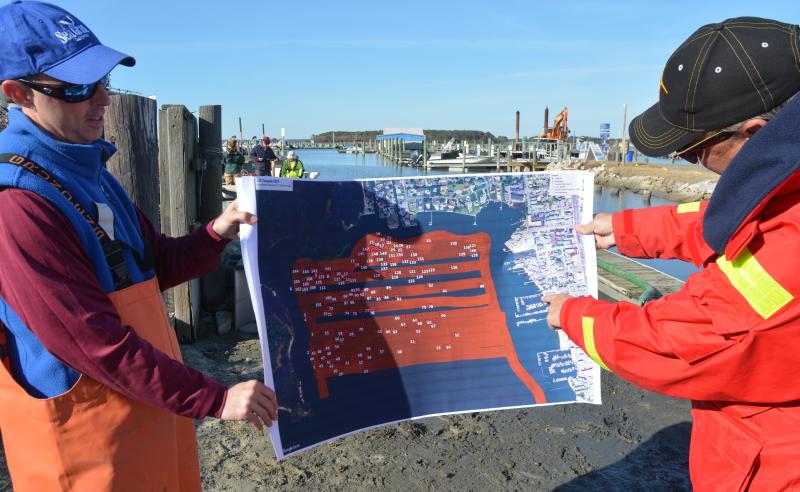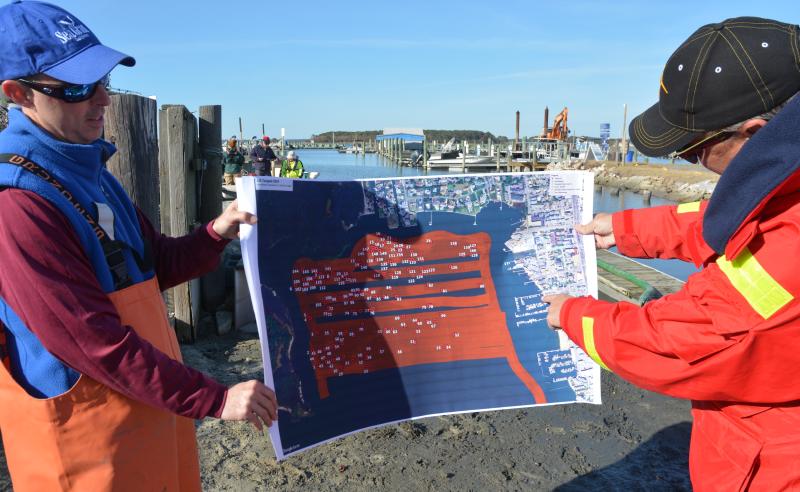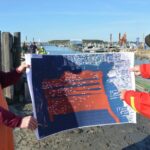-
 play_arrow
play_arrow
Radio Rehoboth
Looking to remove navigational hazards for boaters and death traps for small marine animals, staff from the University of Delaware and Delaware Sea Grant plus a group of volunteers spent a recent weekend removing ghost traps from the northern point of Rehoboth Bay.
Chris Petrone, Delaware Sea Grant marine advisory service director, said the pots get lost for a variety of reasons – for instance, when a propeller cuts the buoy line, or a laundry detergent bottle used as a buoy falls apart after a while, or when a trap is put out at low tide and the buoy gets covered at high tide because the line is too short.
The annual event was scheduled this year Nov. 1-3, with home base being the Dewey Beach Yacht Club. The first day was canceled because of a small-craft advisory. On the second day, there were four boats marking buoys and two boats hauling, and the group collected 54 pots and someone’s old seaweed-covered deck chair. On the third day, there were two marking buoys and one hauling.
To find the pots, the marking boats, with sonar secured to the side, go back and forth over the water in a style similar to mowing the lawn. The sonar comes with a screen that’s secured to a heavy-duty box and placed near the boat’s center console. The professionals trained the volunteers to determine what a three-dimensional pot looks like on a two-dimensional screen.
Once it’s been determined that a pot has been found, a grappling hook is lowered into the water, and the boat maneuvers about until the hook is secured to the pot. The other end of the hook gets a white buoy attached that reads UDEL RESEARCH.
Art Trembanis, a University of Delaware oceanography professor, has been a part of the ghost pot removal for years. He said people can’t see the bottom of the bay from a boat, but there are areas with muck and areas with sand. In the areas with muck, the pots can really dig in over time, he said.
There had been some sonar work in advance of this year’s collection event. Trembanis said 160 ghost pots were identified in the Dewey Beach and Seabreeze area of Rehoboth Bay. That’s better than the 240 that were identified in 2019 when that same area was done, he said, adding that the ghost pots are competing with pots that are being maintained appropriately.
When the deck of the hauling boat is full, it’s brought back to the dock, where the muck that’s still stuck in the pots is hosed out. The pots are then put on land and hauled away after the weekend-long event. Some of them are in good enough condition to keep being used, so the volunteers will take them home.
While the general consensus among everyone involved was that removing the abandoned pots is a good thing, there are questions about whether they provide a habitable structure for small marine animals.
Brittany Haywood, a coastal ecology specialist for Delaware Sea Grant, said Rehoboth Bay is wide open and barren. There are biodegradable panels that could be attached to crab pots that dissolve overtime, making them small structures the animals can escape from, she said.
It’s an area of research she’s interested in looking into, said Haywood, acknowledging there would still be navigational issues for boaters.
A couple of days after the conclusion of the event, Haywood said 111 pots were collected over the course of the two days. Some common animals that were found in the traps were blue crabs, hard clams, angel wings, oyster toadfish, sea bass, flounder and mud crabs, she said.
Go to Source:https://www.capegazette.com/article/ghost-crab-pots-removed-rehoboth-bay/283272
Author: Chris Flood
Written by: RSS
-

Daybreak Morning Show
Hosted by Jeff Balk
Join Jeff Balk for all the news and information you need to know to start your day and enjoy your stay in Rehoboth Beach, Dewey Beach and the Lewes areas with special featured guests from our non-profits, businesses and art communities.
close Chart
Top popular

News Briefs 10/17/23
Board of Commissioners Workshop & Special Meeting – November 6

Six Sussex road projects considered in latest CTP
Knicks vs. Cavaliers prediction, odds, line, spread, time: 2023 NBA picks, Nov. 1 best bets from proven model
Tamar Braxton Says ‘Tamar 2.0’ Era Is More ‘Grown Up’ (Exclusive)
Copyright 2023 East Sussex Public Broadcasting, Inc.
